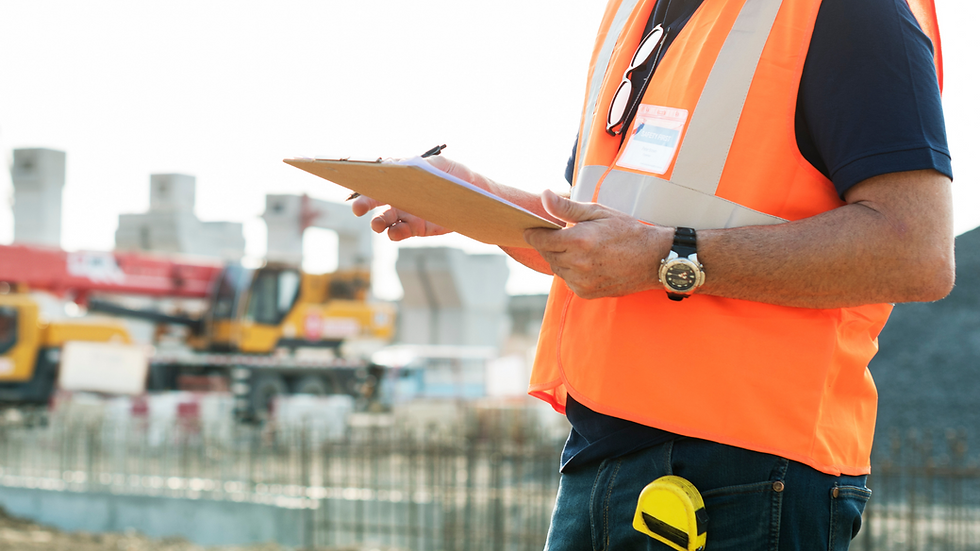Assessing Your Ventilation System Performance
- SFE Services
- Aug 19, 2021
- 2 min read
The purpose of any ventilation system is to replace the air inside of a building by moving outdoor air into a building and distributing it evenly. Ventilation in buildings provide healthy air by both diluting and removing pollutants that originate in the building. Natural, mechanical, and hybrid (mixed-mode) ventilation are the three methods utilized to ventilate buildings. Choosing which one of these systems to install depends on the extent to which ventilation is required compared to the actual functionality of the system.
Ventilation should be a top priority, or else significant time and money will be squandered, and the purpose of adequately ventilation building spaces will be compromised.
The following basic concepts can be used to evaluate ventilation performance:
• Ventilation rate — the required amount and quality of outdoor air being moved into a building.
• Airflow direction — the overall airflow direction in a building, from clean- to poor quality air areas.
• Air distribution — the external air should be delivered to all areas of a building in an efficient manner and airborne pollutants generated in each area, efficiently vented.
These aspects are used as a guideline for determining whether a ventilation system is functioning properly. Determining the overall performance of the ventilation system requires these aspects to be measured and evaluated.
Usually there are two general performance indicators used;
The air exchange efficiency – reflects how well fresh air is being distributed throughout the ventilated area.
Ventilation effectiveness – reflects how effectively polluted air is being extracted from the ventilated area.
Using tracer gas techniques the age of air can be measured (Etheridge & Sandberg, 1996.)
The average time it takes for particles to travel from an entry point to a measuring site has been characterized as the age of air. The local mean age of air is said to be the average time that air takes to get to the point it first enters the room, the room mean age of air is then said to be the average of the age of air at all points in the room, according to Engineers. (Etheridge & Sandberg, 1996.)
The air exchange efficiency can be determined from the air change per hour as well as the room mean age of air. As for ventilation effectiveness, it can be indicated through either measurement or simulation.
Contact Smoke and Fire Extraction Services for a professional ventilation effectiveness survey.








Comments